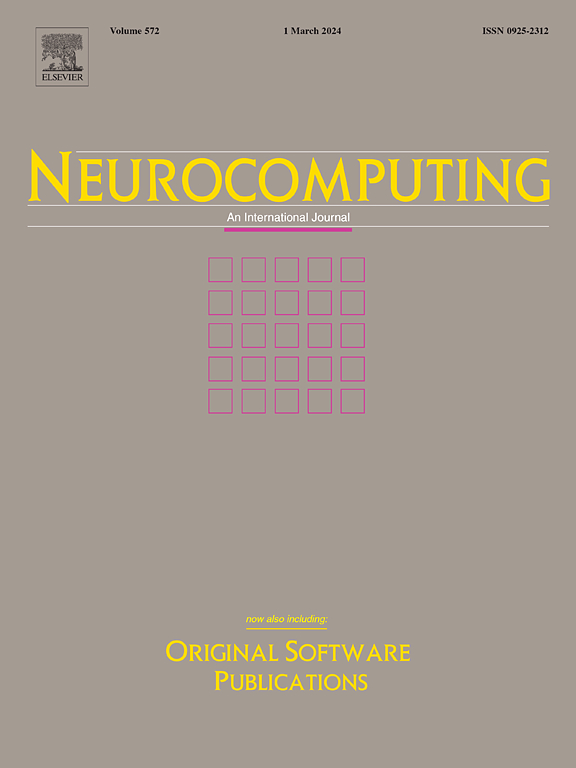LSKN-MFIF:用于多焦点图像融合的大选择性核网络
IF 6.5
2区 计算机科学
Q1 COMPUTER SCIENCE, ARTIFICIAL INTELLIGENCE
引用次数: 0
摘要
多焦点图像融合(MFIF)是一种补偿光学镜头景深有限的图像增强技术。它与其他高级视觉任务类似,在数字摄影、生物医学成像、机器视觉等多学科领域具有广阔的应用前景。本研究提出了一种大型选择性核网络,称为LSKN-MFIF,旨在改善多焦点图像融合。该网络具有动态调整其广阔的空间感受野的能力,有效地扩展了感受野并捕获了多尺度的全局信息,充分提取和整合了多尺度上下文,更好地识别了图像中各个聚焦区域。具体来说,LSKN-MFIF通过分解大核卷积的大选择核模块(large selective kernel module, LKSB)提取多尺度全局特征,利用空间特征选择进行特征聚合,然后通过门控差分卷积块(gated differential convolution block, GDCB)提取局部信息来增强表征能力,从而生成准确的决策图。实验结果表明,该方法在主观视觉质量和客观性能指标方面都优于当前的多焦点图像融合技术。本文章由计算机程序翻译,如有差异,请以英文原文为准。

LSKN-MFIF: Large selective kernel network for multi-focus image fusion
Multi-focus image fusion (MFIF) is an image enhancement technique that compensates for the limited depth of field of optical lenses. It has broad application prospects across multiple disciplines such as digital photography, biomedical imaging, and machine vision, similar to other advanced visual tasks. This study proposes a large selective kernel network, referred to as LSKN-MFIF, which is designed to improve multi-focus image fusion. This network has the capability to dynamically adjust its extensive spatial receptive field, effectively expanding the receptive field and capturing multi-scale global information, fully extracting and integrating multi-scale context to better identify various focused regions in the image. More specifically, LSKN-MFIF extracts multi-scale global features through a large selective kernel module (LKSB) that decomposes large kernel convolutions, utilizes spatial feature selection for feature aggregation, and then enhances representation capability by extracting local information through a gated differential convolution block (GDCB), thereby generating accurate decision maps. Experimental results show that the proposed methodology surpasses current multi-focus image fusion techniques in terms of both subjective visual quality and objective performance metrics.
求助全文
通过发布文献求助,成功后即可免费获取论文全文。
去求助
来源期刊

Neurocomputing
工程技术-计算机:人工智能
CiteScore
13.10
自引率
10.00%
发文量
1382
审稿时长
70 days
期刊介绍:
Neurocomputing publishes articles describing recent fundamental contributions in the field of neurocomputing. Neurocomputing theory, practice and applications are the essential topics being covered.
 求助内容:
求助内容: 应助结果提醒方式:
应助结果提醒方式:


